The restaurant world is a revolving stage, where yesterday’s stars fade while new contenders steal the spotlight. In the ’90s, themed chains like Planet Hollywood and Chi-Chi’s were the definition of cool, giving diners a taste of celebrity glam and comfort food under neon lights. But trends shift with every generation, and today’s hungry crowds crave bold flavors, customizable bowls, and spicy heat from rising names like Dave’s Hot Chicken and CAVA. Whether you’re reminiscing about a birthday dinner under movie memorabilia or scouting your next go-to lunch spot, these chains tell the story of America’s ever-evolving food obsessions.
1. Planet Hollywood: Where Stars and Burgers Collided
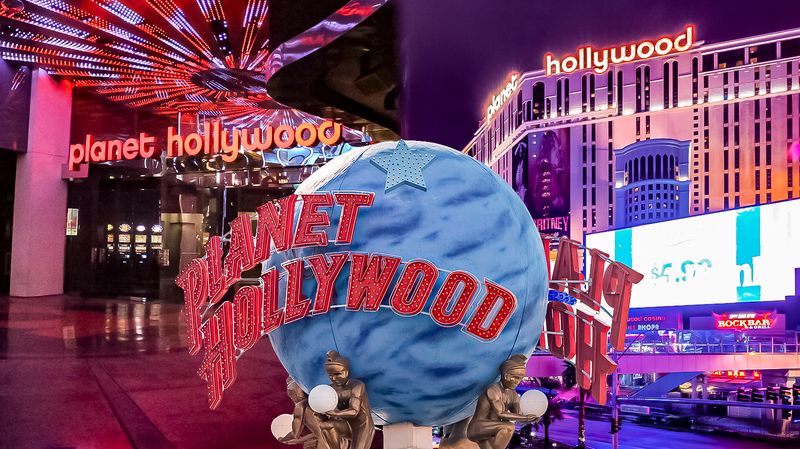
Backed by Arnold Schwarzenegger, Bruce Willis, and Sylvester Stallone, Planet Hollywood burst onto the scene in 1991 with movie magic and mediocre burgers. The walls dripped with authentic film props while servers delivered plates of American classics beneath dangling spacecraft models.
The chain expanded at lightning speed, opening 87 locations worldwide at its peak. Tourists lined up for hours just to eat chicken fingers while seated next to the Terminator’s leather jacket.
Financial troubles eventually dimmed Planet Hollywood’s star power. Most locations closed by the early 2000s, leaving behind souvenir t-shirts and the memory of that time you thought you spotted Demi Moore across the restaurant.
2. Chi-Chi’s: Fiesta Flavors Before the Fall
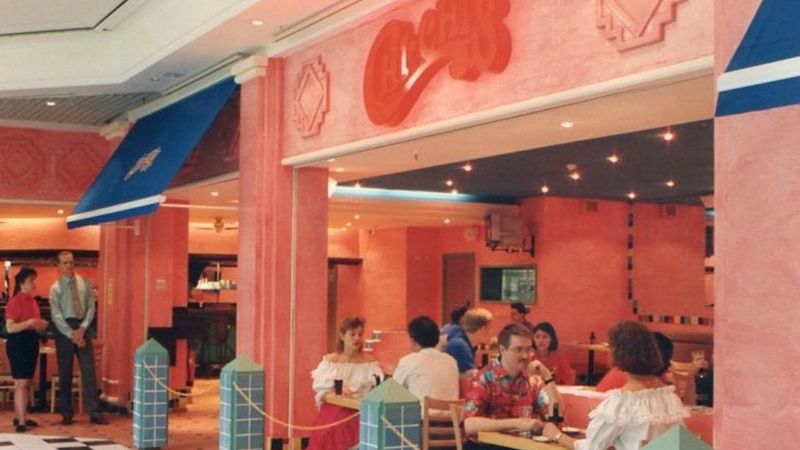
Walking into Chi-Chi’s meant instant transportation to a cartoonish version of Mexico. The moment you sat down, baskets of free chips appeared alongside that strangely addictive salsa that somehow tasted nothing like authentic Mexican food.
Founded in 1975, Chi-Chi’s reached its zenith in the early ’90s with over 210 locations. The chain introduced middle America to “Mexican” cuisine through cheese-smothered chimichangas and sizzling fajita platters that arrived with theatrical fanfare.
Everything changed in 2003 when a hepatitis A outbreak linked to green onions sickened over 600 people. The chain never recovered, closing all U.S. locations, though the name lives on through grocery store products.
3. Kenny Rogers Roasters: The Chicken That Kramer Couldn’t Resist
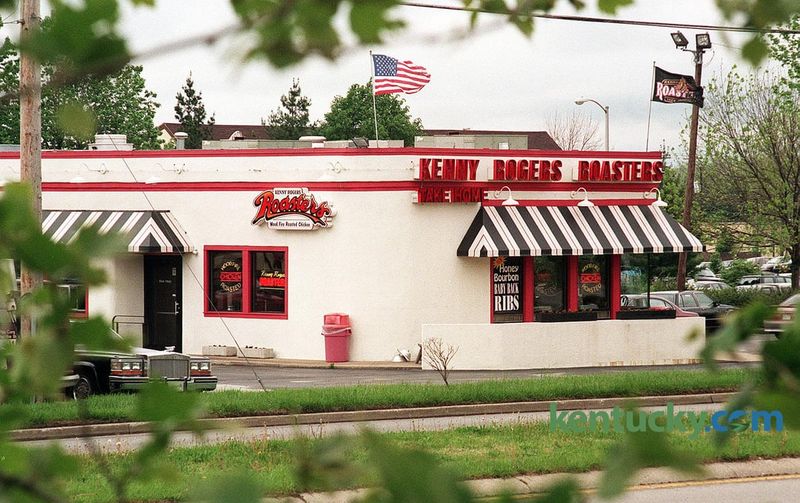
Country music legend Kenny Rogers lent more than his name to this rotisserie chicken chain – he brought star power to fast food when it launched in 1991. The restaurant’s simple premise – wood-fired rotisserie chicken served with homestyle sides – created lines out the door.
Most Americans remember Kenny Rogers Roasters because of that iconic “Seinfeld” episode where Kramer becomes obsessed with the chicken despite the glaring red neon sign keeping him awake. The publicity boost couldn’t save the chain from financial troubles.
By 1998, the company filed for bankruptcy and nearly vanished from American soil. Ironically, while Kenny Rogers Roasters disappeared from its home country, it thrived internationally, especially in Asia where dozens of locations still operate today.
4. ESPN Zone: Where Sports Fans Dined and Played
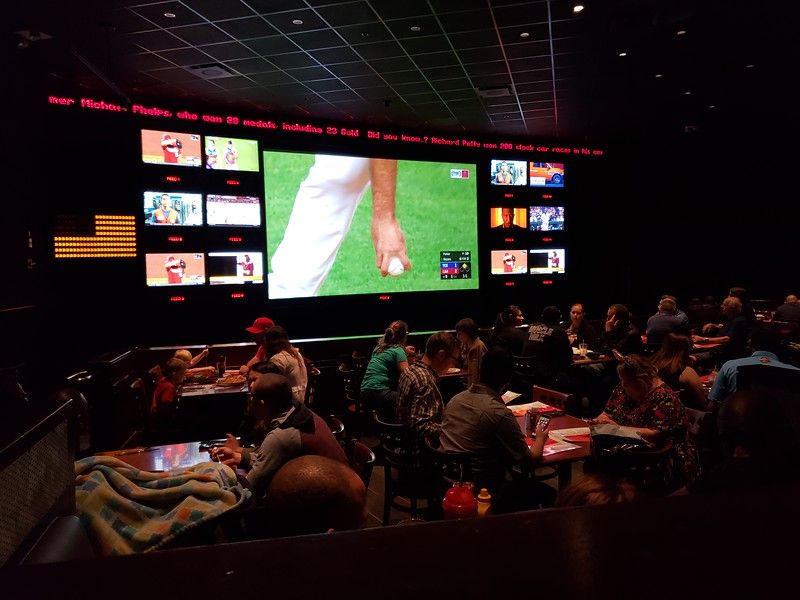
ESPN Zone combined America’s twin obsessions – sports and eating – into a sensory overload paradise. Massive screens broadcasting every imaginable game surrounded diners while servers delivered towering burgers with sports-themed names.
The interactive gaming areas became the real draw. After finishing their meals, customers could shoot virtual hoops, swing baseball bats in simulators, or race each other in arcade-style driving games.
Disney launched the concept in 1998, perfectly timed to catch the sports entertainment boom. Despite initial popularity, maintaining the massive venues proved costly. The recession delivered the final blow, and by 2010, almost all locations had closed, marking the end of an era when restaurants doubled as entertainment complexes.
5. Beefsteak Charlie’s: All-You-Can-Eat Before It Was Cool
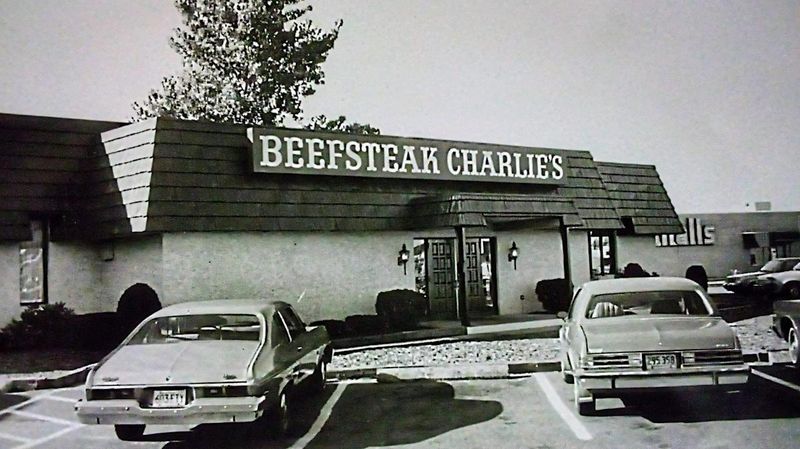
“I’ll feed you like there’s no tomorrow!” proclaimed the fictional Charlie in commercials for this beloved steakhouse chain. The restaurant’s unlimited salad bar, endless shrimp, and bottomless wine made it the champion of American excess.
Families flocked to Beefsteak Charlie’s throughout the 1980s and early ’90s, drawn by the promise of affordable steak dinners and the ability to make countless trips to the iconic salad and shrimp bar. The casual atmosphere made special occasions accessible for middle-class Americans.
The chain couldn’t compete as dining trends shifted toward healthier options and more authentic international cuisines. By the mid-1990s, most locations had closed, though the name occasionally resurfaces as entrepreneurs attempt to revive the nostalgic brand.
6. Don Pablo’s: Tex-Mex Temples of the Suburbs
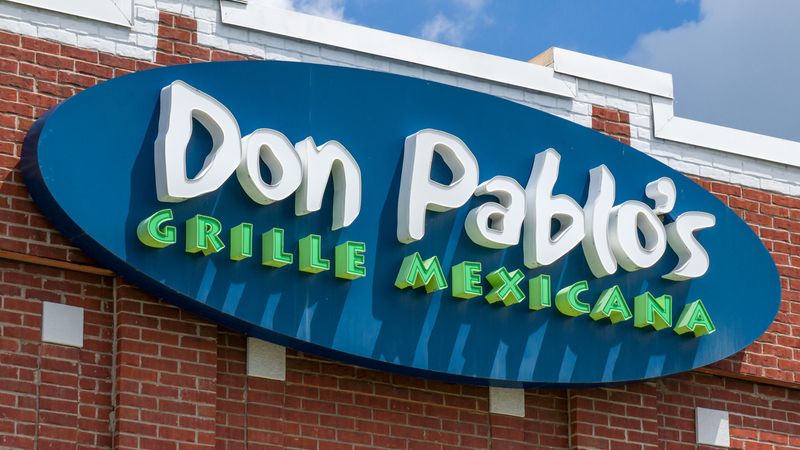
Don Pablo’s restaurants were unmistakable – massive, hacienda-style buildings with terracotta roofs dotting suburban landscapes across America. Inside, diners encountered an explosion of faux-Mexican decor with piñatas hanging from ceilings and colorful tiles adorning every surface.
The chain hit its stride in the ’90s when Americans couldn’t get enough of sizzling fajita platters and frozen margaritas the size of small swimming pools. Each table received endless baskets of warm tortilla chips paired with fresh salsa made in-house daily.
Financial troubles began in the early 2000s as more authentic Mexican options emerged. After multiple bankruptcies and ownership changes, the chain dwindled from over 120 locations to virtual extinction by 2019, leaving behind empty buildings too distinctive to repurpose.
7. Howard Johnson’s: Orange Roofs and Ice Cream Dreams
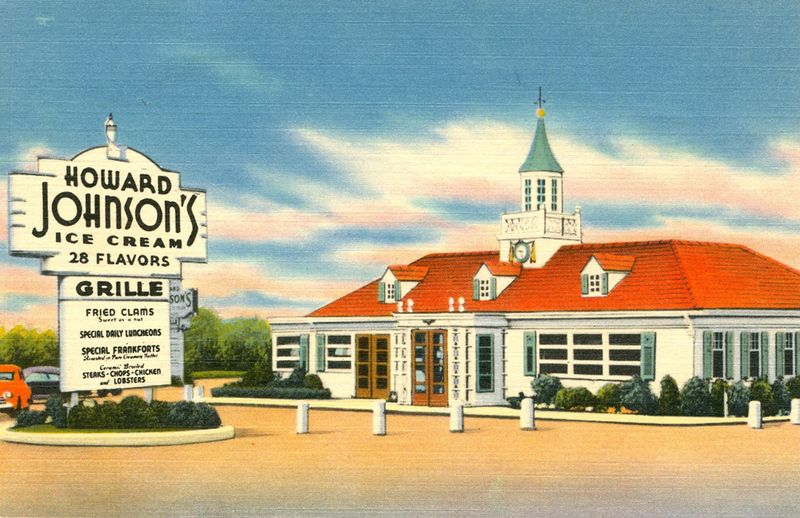
Those distinctive orange roofs served as beacons for hungry travelers across America’s highways. Howard Johnson’s restaurants represented more than just places to eat – they were reliable oases during the golden age of road trips.
The chain’s famous 28 ice cream flavors drew families inside, where simple American comfort food awaited. Kids begged for clam strips and the signature HoJo Cola while parents appreciated the clean facilities and predictable quality during long journeys.
Fast food’s rise slowly eroded Howard Johnson’s dominance. By the 1990s, the once-mighty chain was fading fast as interstate travelers opted for quicker, cheaper alternatives. The last Howard Johnson’s restaurant closed in 2017, marking the end of a business that once operated over 1,000 locations.
8. Dave’s Hot Chicken: From Parking Lot Pop-Up to Spice Sensation
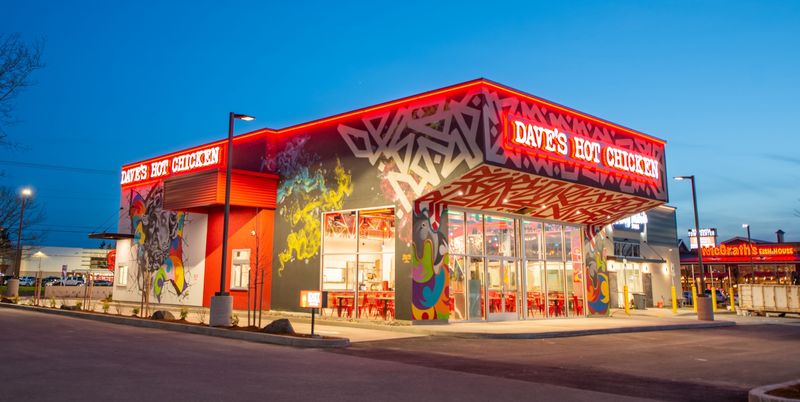
Four friends with $900 and a dream started frying chicken in an East Hollywood parking lot in 2017. That humble beginning has exploded into one of the fastest-growing restaurant chains in America, with celebrities like Drake and Samuel L. Jackson investing in the fiery phenomenon.
The concept is brilliantly simple: Nashville-style hot chicken tenders and sliders offered in seven increasing heat levels from “No Spice” to the waiver-required “Reaper.” Each location maintains a gritty, street-art aesthetic that honors the brand’s scrappy origins.
Lines regularly wrap around buildings as spice enthusiasts chase the perfect heat level. The chain has expanded to over 100 locations in just five years, proving that sometimes the simplest concepts – executed perfectly – create the biggest restaurant sensations.
9. Jollibee: The Filipino Phenomenon Conquering America
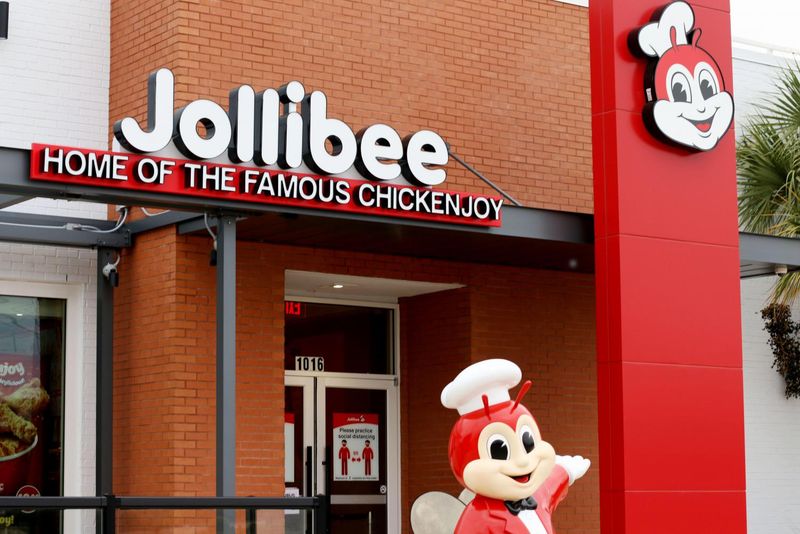
The cheerful red bee mascot signals something special has arrived in your neighborhood. Jollibee, the Philippines’ largest fast-food chain, has been steadily expanding across America, bringing its unique fusion of Filipino flavors and Western fast food.
Curious first-timers stand in opening-day lines stretching for blocks just to try the signature Chickenjoy – crispy fried chicken with a distinctive savory coating. The sweet spaghetti topped with sliced hot dogs and banana ketchup-based sauce shocks American palates before winning them over.
Filipino immigrants drive hours to taste the comfort foods of home, while adventurous eaters come for the peach-mango pie and stay for the Palabok Fiesta noodles. With over 70 U.S. locations and aggressive expansion plans, Jollibee aims to become a household name in American dining.
10. CAVA: Mediterranean Bowls Taking Over Lunch Breaks
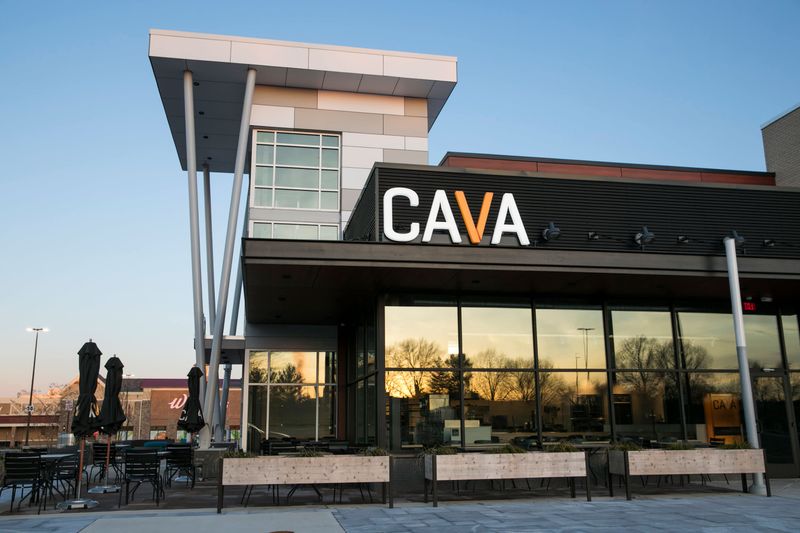
Three childhood friends of Greek heritage transformed their Mediterranean food knowledge into a fast-casual empire. CAVA began as a full-service restaurant in Maryland before pivoting to the assembly-line format that now dominates urban lunch scenes across America.
The concept brilliantly bridges the gap between healthy eating and satisfying flavors. Customers build bowls starting with bases like grains or greens, adding proteins such as spicy lamb meatballs or falafel, then finishing with a rainbow of Mediterranean toppings and their famous creamy tzatziki.
CAVA’s 2019 acquisition of Zoës Kitchen instantly doubled its footprint to over 350 locations. The chain’s success proves Americans crave international flavors when presented in familiar formats, with CAVA’s trademark dips and spreads now appearing in grocery stores nationwide.
11. Slim Chickens: Southern Hospitality Meets Chicken Obsession
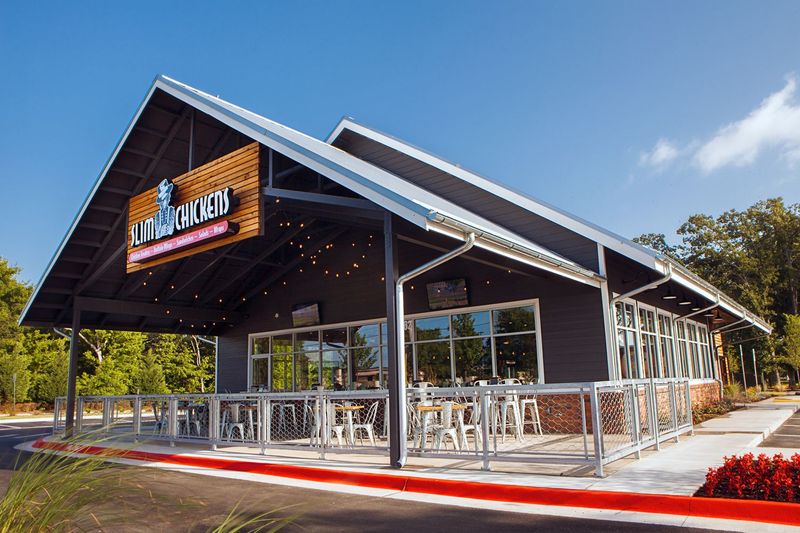
Born in a Fayetteville, Arkansas kitchen in 2003, Slim Chickens has transformed from regional curiosity to international chicken contender. The restaurant’s Southern-inspired menu centers around hand-breaded tenders and wings tossed in house-made sauces with playful names like “Inferno” and “Mango Habanero.”
Unlike many fast-food joints, Slim Chickens embraces a sit-down atmosphere where families linger over mason jar desserts layered with brownies, strawberries, and whipped cream. The chicken arrives cooked-to-order rather than sitting under heat lamps.
The chain has expanded to over 150 locations across the United States and United Kingdom. Slim Chickens’ rapid growth demonstrates that chicken-focused concepts continue dominating the fast-casual landscape, especially when paired with genuine Southern hospitality and scratch-made sides.
12. Bojangles: Biscuit Royalty Expanding Beyond the South
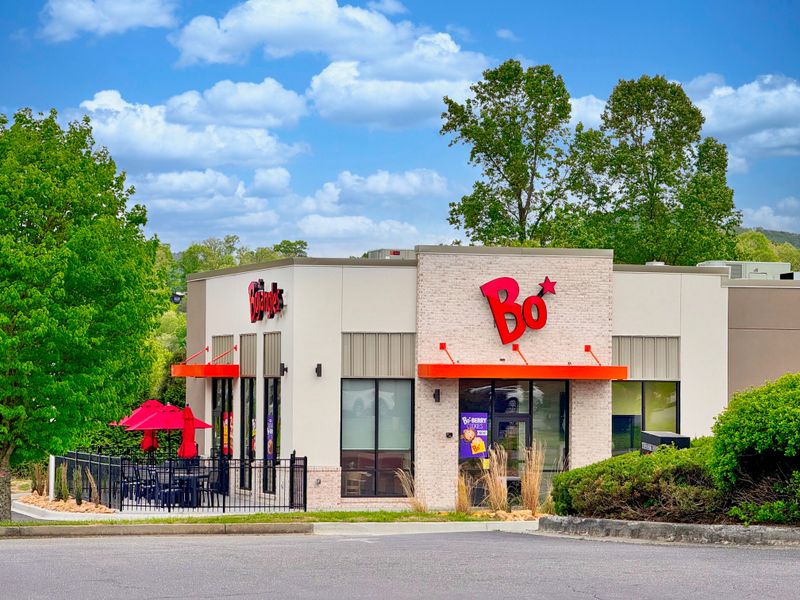
The aroma of fresh-baked buttermilk biscuits has been Bojangles’ secret weapon since 1977. This Charlotte, North Carolina-born chain built its reputation on scratch-made biscuits prepared every 20 minutes and distinctive Cajun-spiced fried chicken that creates devoted Southern followers.
Bojangles has mastered the breakfast rush that many chicken competitors ignore. Their Bo-Berry biscuits – sweet pastries studded with blueberries and drizzled with icing – create morning lines at drive-thrus across the Southeast.
After decades of regional dominance, Bojangles is pushing northward and westward with ambitious expansion plans. The chain’s sweet tea alone inspires cultlike devotion, with customers ordering it by the gallon. Recent ownership changes and a potential $1.5 billion sale signal big moves for this Southern staple.
13. First Watch: Reinventing Breakfast for Modern Appetites
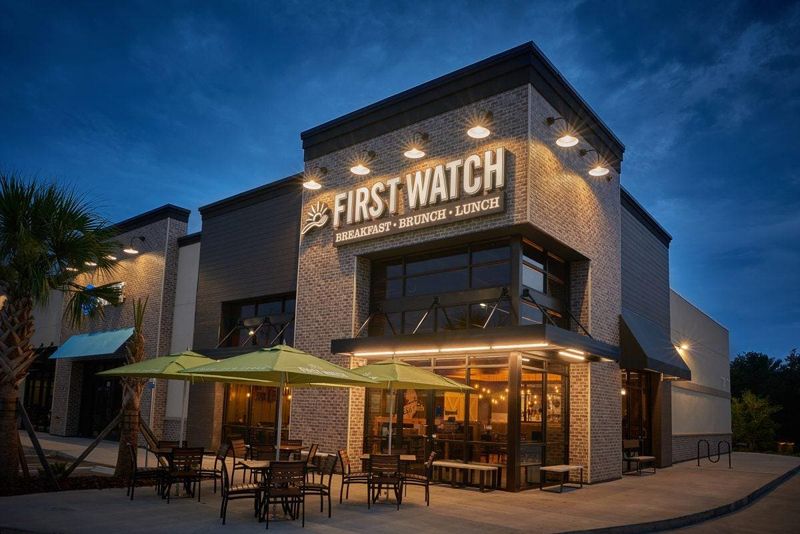
The pancake house grows up! First Watch has revolutionized morning dining by combining health-conscious options with indulgent classics in a sunlit, contemporary setting. Unlike traditional breakfast spots, this daytime-only chain closes at 2:30 pm, allowing staff to focus entirely on the morning and midday meals.
Avocado toast shares menu space with comfort classics like million dollar bacon – four slices baked with brown sugar, black pepper, cayenne, and maple syrup. The chain emphasizes fresh ingredients, with no heat lamps or deep fryers in their kitchens.
Founded in 1983, First Watch remained relatively small until recent years when breakfast became an all-day obsession. Now with over 500 locations across 29 states, the chain’s fresh juices, seasonal ingredients, and consistent execution have made it the fastest-growing daytime-only restaurant concept.
14. Port of Subs: The Sandwich Underdog Making Waves
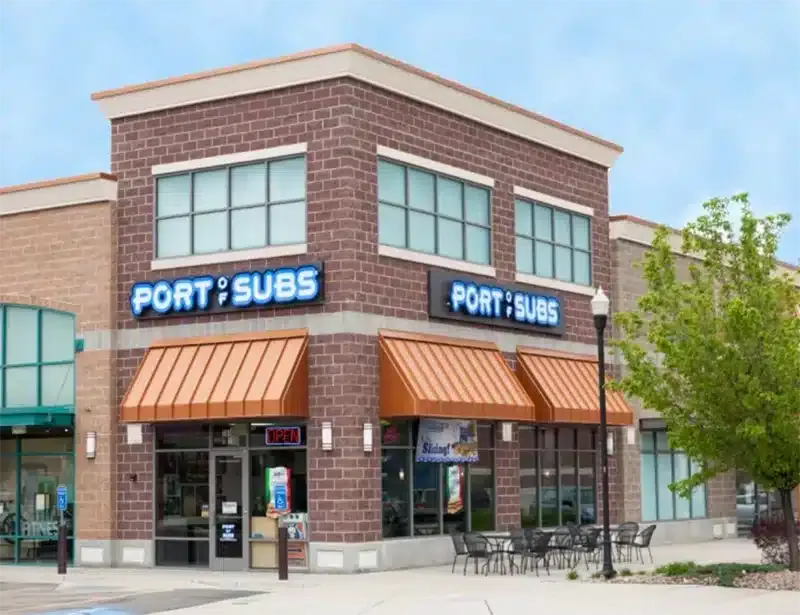
While Subway struggled with scandals and store closures, this Western U.S. sandwich chain quietly perfected its craft. Port of Subs began in Reno, Nevada in 1972 when two brothers from New Jersey brought their East Coast sandwich-making techniques to the Silver State.
The chain’s distinctive slicing method sets it apart – meats and cheeses are sliced to order rather than pre-portioned. This creates the visual appeal of seeing your sandwich ingredients freshly prepared while highlighting the quality of their ingredients.
With approximately 140 locations primarily in Nevada, California, Arizona, and surrounding states, Port of Subs maintains a loyal regional following. Recent franchise expansion efforts suggest this underdog could become a national player as Americans seek alternatives to the sandwich giants that dominated previous decades.
Leave a comment